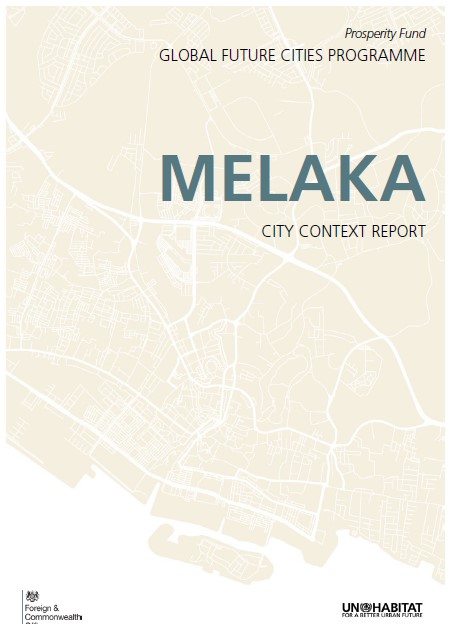Overview
Melaka State is strategically located on the southwestern coast of the Malaysian peninsula, facing the Straight of Melaka. It lies between the capital, Kuala Lumpur and Johor Bahru, which connects to Singapore. Melaka State has a population of 910,000 and an average annual population growth rate of 1.3%.
Being one of Malaysia’s oldest cities, Melaka was a prominent historic trading post that eventually turned into a vibrant commercial centre. As a former linkage between the Global East and West, Melaka became a multicultural city, influenced by Indian, Chinese, and European culture, which manifested itself in the area’s unique architecture. Between 1970 and 1975, Melaka was one of the poorest states in Malaysia, with the fifth lowest GDP per capita in the country. As the country’s commodity exports declined during the mid-1980s, the national government invested in tourism for development, which led to a strong initiative to expand the heritage tourism sector in Melaka. The historic city centre was inscribed on the list of UNESCO World Heritage Sites in 2008. The aspiration to attract half of all tourists visiting Malaysia by 2020, led to further forms of development outside of Melaka City. The Town of Ayer Keroh in particular attracted several government and administrative offices, and tourism development projects. Ayer Keroh lies north of Melaka City and is the main entry point into Melaka State and the city from the North-South Expressway. The two projects identified in response to Melaka’s development trends, are (i) a Green Transport Corridor Implementation Plan, and (ii) a Heritage Area Integrated Mobility Plan.
Highlighted Publication

Melaka City Context Report
Download Document
Challenges
Projects
1 A. Green Bus Network Improvement Plan B. Heritage Area Integrated Mobility Plan
View DetailsMelaka is exposed to several transport and environmental issues; it experiences high volumes of traffic that stem from a mobility system unable to effectively accommodate the travel demands of the burgeoning tourism industry. Heavy reliance on private motorised transport and the associated traffic congestion are a cause of concern for the economic, social and environmental health of Melaka State and City. The road network has reached its carrying capacity for private vehicle access into and within the UNESCO World Heritage Site, causing delays to service deliveries, local commuters, tourists and other visitors. As the usage of private transport throughout Melaka State has surpassed the use of public transportation, there is an increased vulnerability in the sense of mobility and connectivity for those with limited access and ability to pay for private transportation, including children, the elderly, women, and low-income groups. Melaka’s heritage centre suffers from limited choice in travel, which reduces the accessibility to jobs, education, medical facilities, and other services and amenities. Greenhouse gas emissions and air pollution have adverse effects on both the environment and human health. Furthermore, the limited access to public transportation risks to detract tourists and negatively impact the tourism industry by limiting mobility and creating a traffic dominated urban environment.
To address these challenges, a Green Bus Network Improvement Plan and an Integrated Heritage Area Mobility Plan will be devised. The two project components will be undertaken with the aim of enabling Melaka to implement the right infrastructure and mobility system to promote sustainable travel. This will alleviate Melaka State and Melaka's UNESCO World Heritage Site from the many stresses caused by traffic congestion, unmet parking demand and the poor provision of alternative modes of transport.
Project Timeline
-
Charrette
August 2018 -
Validation Workshop
December 2018 -
MoU signing
September 2019 -
Kick-off Meetings
November 2019 -
SDG Project Assessment Tool Tailoring Workshop
January 2020
